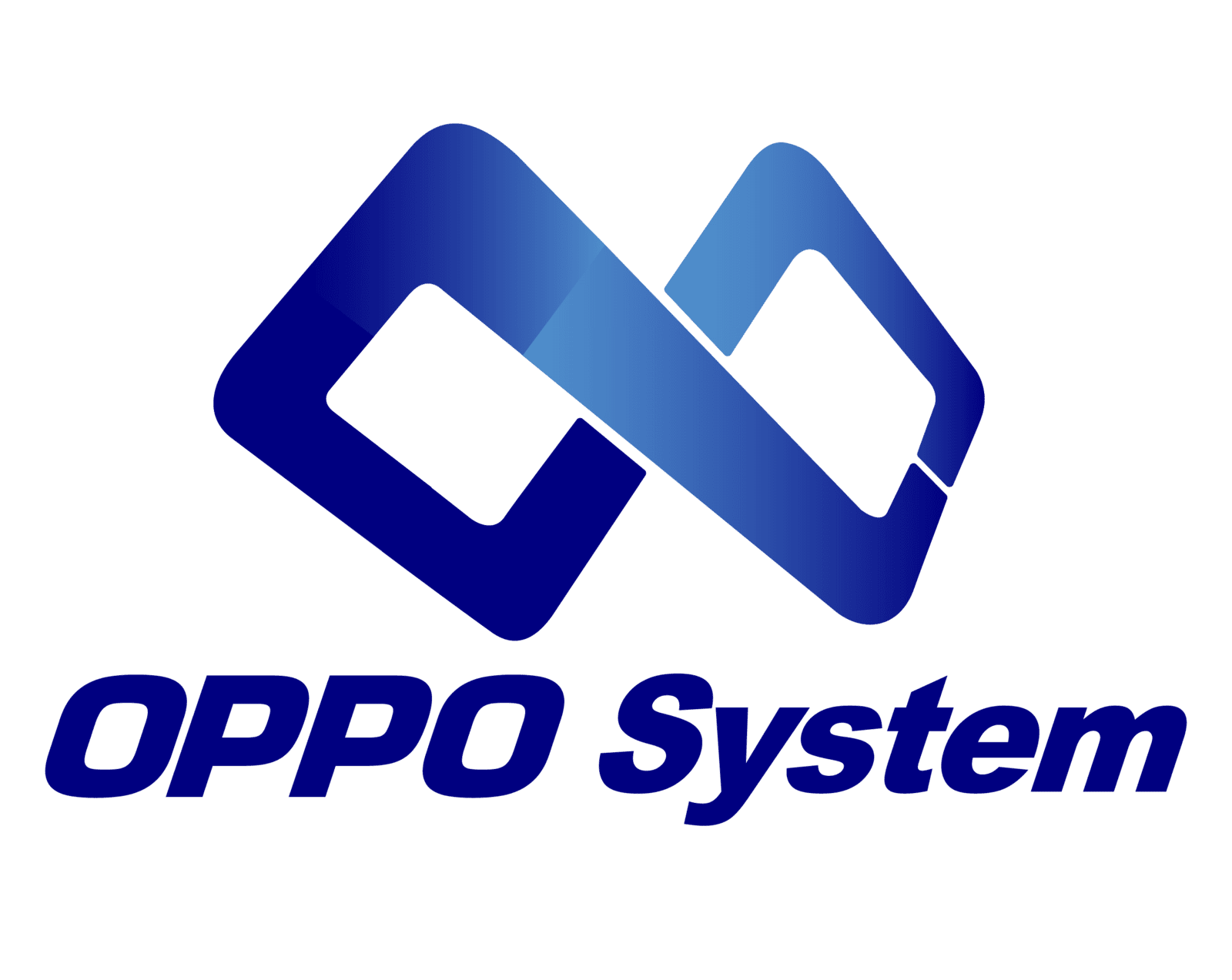Network Access Control (NAC)
NAC solutions typically use a combination of hardware and software to authenticate and authorize network users and devices, and to ensure that only authorized users and devices are allowed to access the network.
Why use Network Access Control (NAC) solutions?
Network Security
NAC solutions help organizations prevent unauthorized access to their networks, reducing the risk of data breaches and other security incidents. NAC solutions enforce security policies and rules that ensure that only authorized users and devices are allowed to access the network.
Compliance
NAC solutions help organizations meet regulatory compliance requirements by enforcing security policies and rules. NAC solutions provide audit trails and reporting capabilities that enable organizations to demonstrate compliance with regulatory requirements.
Visibility
NAC solutions provide visibility into the devices and users that are accessing the network, enabling organizations to identify potential security risks and vulnerabilities. NAC solutions provide detailed information on the devices that are connected to the network, including their operating system, applications, and security posture.
Automation
NAC solutions often include automation capabilities, enabling IT teams to automate many routine tasks such as device onboarding and access provisioning. This reduces the risk of human error and enables IT teams to respond to network access requests more efficiently.
Integration with Other Security Solutions
NAC solutions can be integrated with other security solutions, such as SIEM systems, to provide a comprehensive security posture. This enables organizations to detect and respond to potential security incidents more efficiently and effectively.
What Challenges of NAC ?
Complexity: NAC solutions can be complex to deploy and manage, and may require significant resources and expertise. NAC solutions may require integration with other security solutions, such as SIEM systems, firewalls, and intrusion detection systems, which can be challenging to implement.
Network Performance: NAC solutions can create additional network traffic and latency, which can impact network performance. NAC solutions may require additional hardware, such as switches, routers, and servers, which can increase network complexity and cost.
User Experience: NAC solutions can impact the user experience, particularly for guest users and BYOD devices. NAC solutions may require additional steps for users to connect to the network, such as installing software or providing additional credentials. This can result in a poor user experience and may discourage users from accessing the network.
False Positives and Negatives: NAC solutions may generate false positives and false negatives, which can impact the effectiveness of the solution. False positives occur when legitimate users or devices are denied access to the network, while false negatives occur when unauthorized users or devices are granted access to the network.
Scalability: NAC solutions may not be scalable or flexible enough to meet the needs of large and complex networks. NAC solutions may require significant resources and expertise to manage, which can limit their scalability and flexibility.
